Do you believe in the existence of vengeful spirits? Throughout Japanese history, vengeful spirits have long instilled fear in many, with the most famous being the three great onryō: Sugawara no Michizane, Taira no Masakado, and Emperor Sutoku. However, even before them, there was a figure who, after a tragic fate, became a vengeful spirit. His name was Nagaya no Ō (also known as Nagaya Ōkimi). Nagaya no Ō was a member of the imperial family who lived during the Asuka and Nara periods and is considered the first onryō in Japanese history. Despite this, few people are well-versed in the details of Nagaya no Ō. Therefore, in this article, we will delve into his life, the circumstances that led him to become a vengeful spirit, and the curse that continues to this day.
Who Was Nagaya no Ō?
Nagaya no Ō was a grandson of the 40th Emperor, Emperor Tenmu, and was born into a noble lineage as a member of the imperial family. He was widely known for his intelligence and exceptional abilities. One of his wives, Princess Kibi, was the sister of the 44th Emperor, Empress Genshō, which suggests that he had the trust and confidence of the emperor.
Nagaya no Ō quickly rose to a position second only to Fujiwara no Fuhito, the second son of Fujiwara no Kamatari. His abilities were highly regarded, and after the death of Fujiwara no Fuhito, Nagaya no Ō assumed a level of power that reflected his exceptional presence and influence.
Nagaya no Ō’s Conflict with the Four Fujiwara Brothers
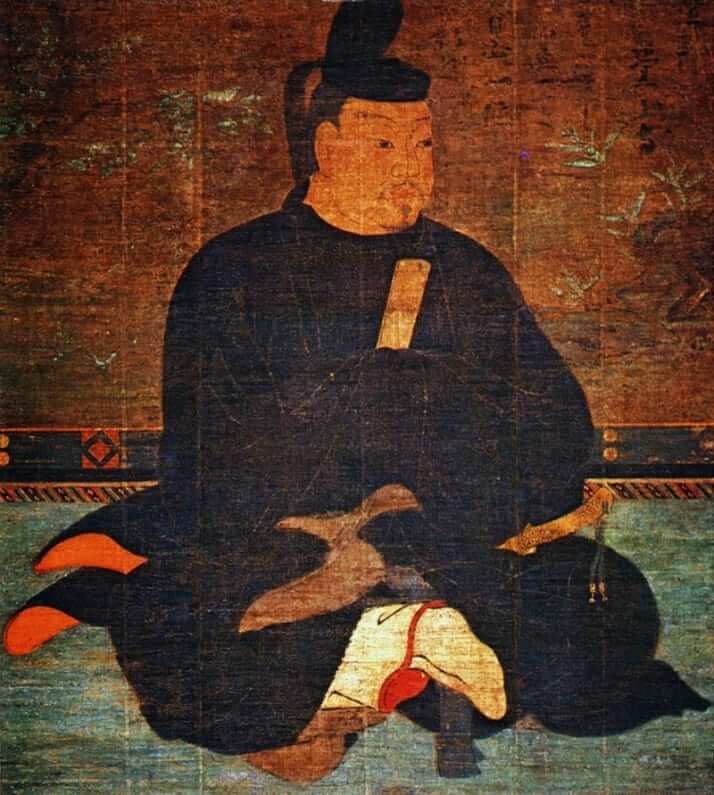
However, the rapid rise of Nagaya no Ō did not sit well with the sons of Fujiwara no Fuhito, known as the Four Fujiwara Brothers. In their bid to consolidate power, they sought to make their sister the Empress, a move strongly opposed by Nagaya no Ō. While it was common for emperors to have multiple spouses, the position of Empress was unique and required a person of appropriate status. Since the Fujiwara clan lacked such status, Nagaya no Ō vehemently opposed their plan.
The Nagaya no Hen and the Death of Nagaya no Ō
In 729, Nagaya no Ō was accused of using witchcraft to overthrow the state. As a result of this accusation, he was forced to commit suicide along with his family without any opportunity to defend himself.
It was the Four Fujiwara Brothers, the sons of Fujiwara no Fuhito, who drove Nagaya no Ō to his death. They aimed to secure power for themselves by making their sister, Kōmyōshi, the consort of Emperor Shōmu. However, Nagaya no Ō opposed the idea of a Fujiwara woman, who was not of royal blood, becoming the emperor’s consort. This led the four brothers to accuse him of treason, an event known as the “Nagaya no Hen.”
The Beginning of Nagaya no Ō’s Curse
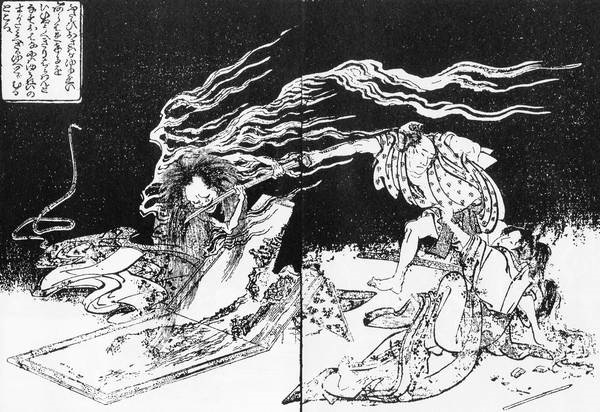
After Nagaya no Ō’s death, tales of his curse began to spread. In 735, a smallpox epidemic broke out, and by 737, the Four Fujiwara Brothers succumbed to illness, all dying within a short period. This was rumored to be Nagaya no Ō’s curse, prompting the emperor to offer prayers to the gods and grant titles to the surviving children of Nagaya no Ō. This indicates that people of the time genuinely feared his vengeful spirit.
In the Shoku Nihongi, a chronicle compiled during the Heian period, there is mention of a lower-ranking official who falsely accused Nagaya no Ō. Even then, it was widely known that Nagaya no Ō had been unjustly accused.
The Discovery of Wooden Tablets at Nagaya no Ō’s Former Residence
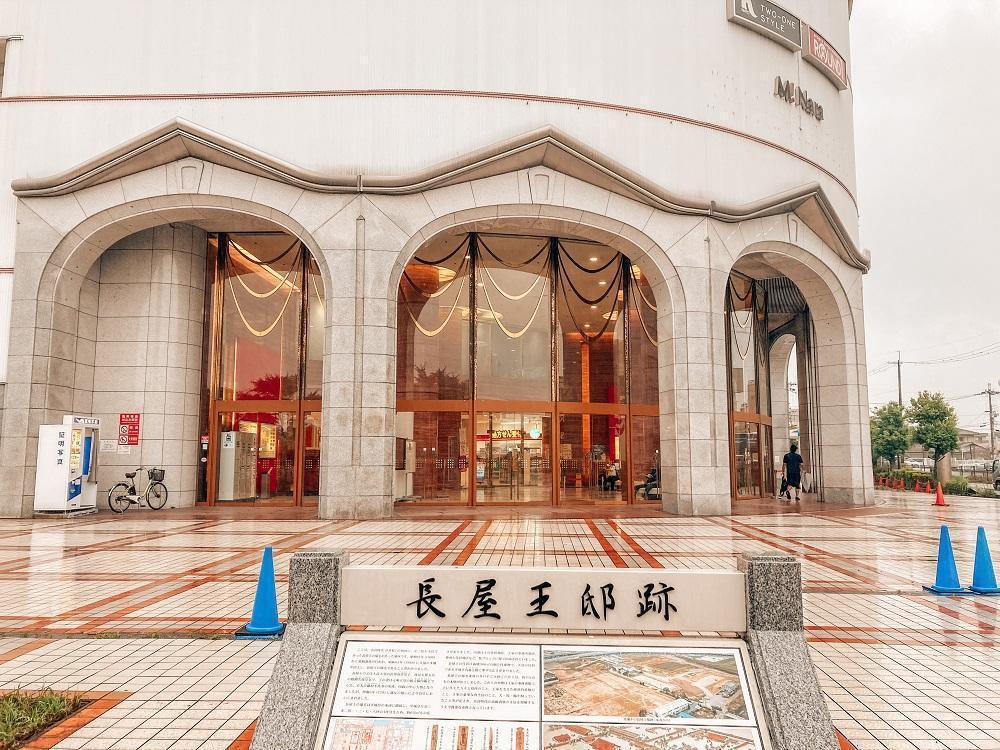
Between 1986 and 1989, during excavation work for a department store construction site in the former capital of Heijō-kyō, Nara City, around 100,000 wooden tablets were unearthed. Among them, approximately 36,000 tablets found at the southeastern corner of Sakyo Sanjo Nibo Hatchobu were inscribed with the words “Nagaya no Ōmiya” (Nagaya Prince Palace), and they have since been referred to as the “Nagaya no Ō Wooden Tablets.”
The contents of these tablets suggest that the excavated site was indeed the residence of Nagaya no Ō. Despite movements to preserve this precious historical site, the department store, Nara Sogo, was ultimately constructed. However, Nara Sogo later closed, and its replacement, Ito-Yokado Nara, also closed in 2017.
Although these closures have been attributed to factors such as poor access and competition, some locals whisper that it might once again be the curse of Nagaya no Ō. This shows that even today, belief in the vengeful spirit of Nagaya no Ō persists.
Summary
How did you find this article? In this installment, we introduced Nagaya no Ō, Japan’s first onryō (vengeful spirit). The story of Nagaya no Ō is not just a historical event but a legendary tale of a vengeful spirit deeply ingrained in Japanese culture and the hearts of its people. His unresolved grievances and the subsequent curse continue to resonate with many even today. Through such stories, we can learn from history and recognize the lasting impact past events have on the present. The tale of Nagaya no Ō will continue to be passed down as an integral part of Japan’s history and culture.
Our website features various other intriguing aspects of Japanese history besides Nagaya no Ō. If you’re interested, we would be delighted if you could read our other articles as well!



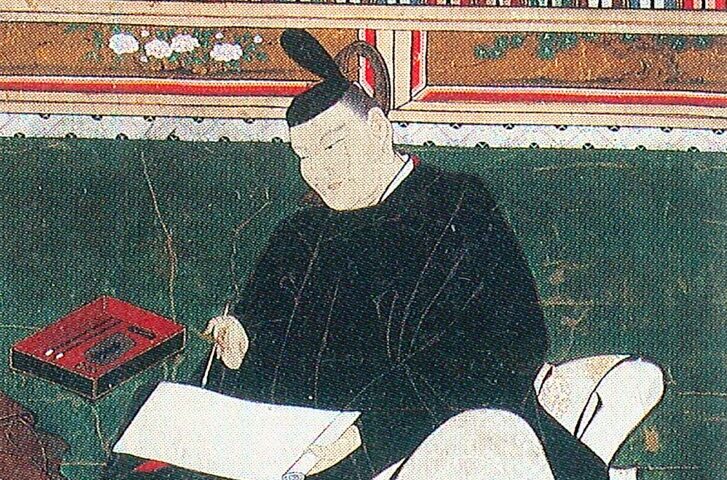


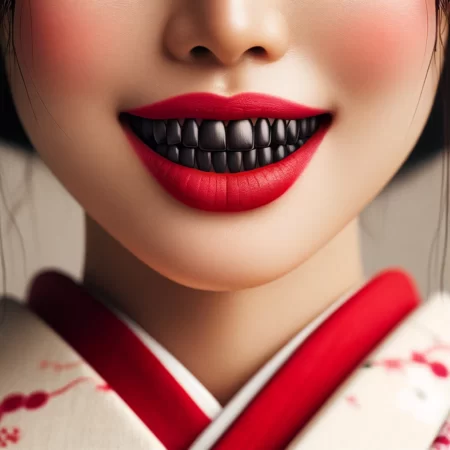
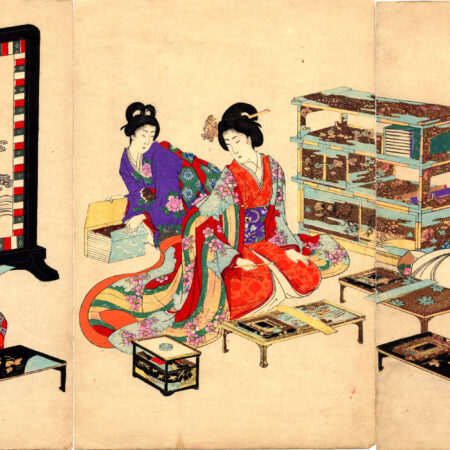
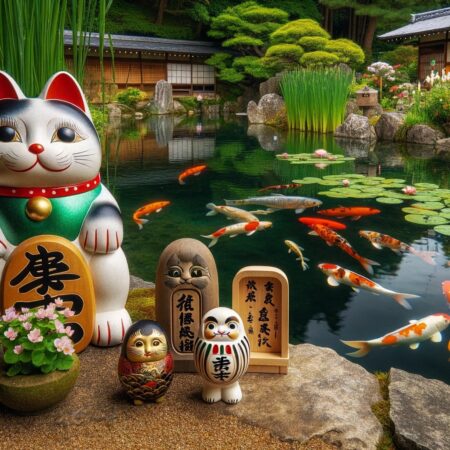

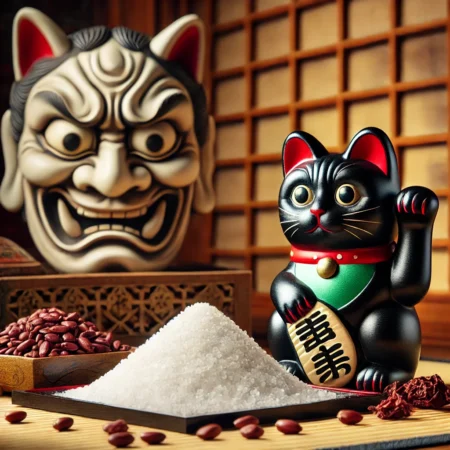
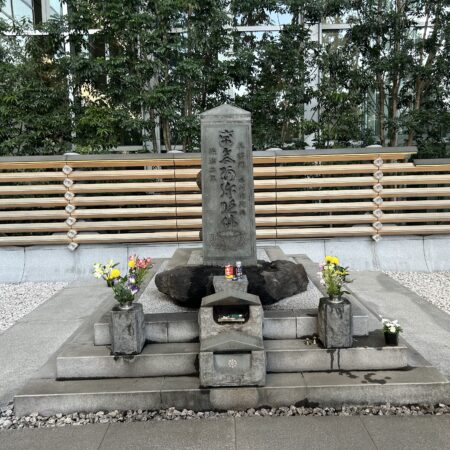


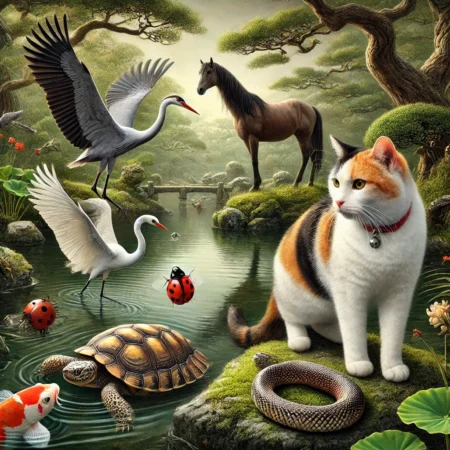
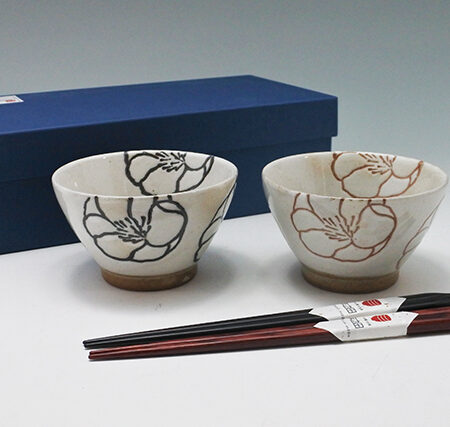
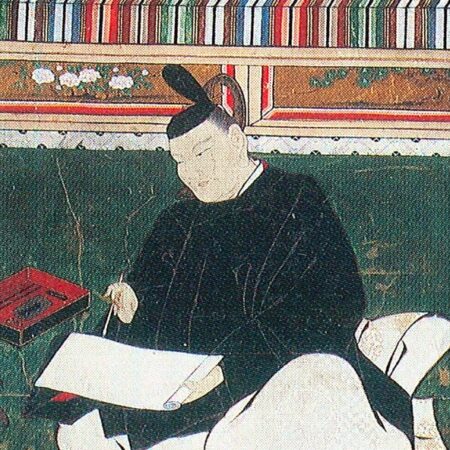
コメント